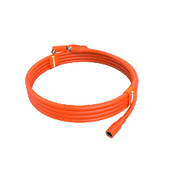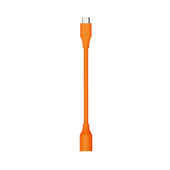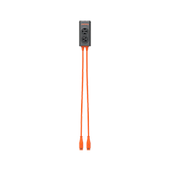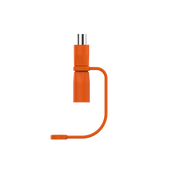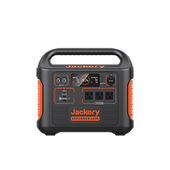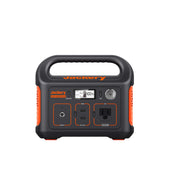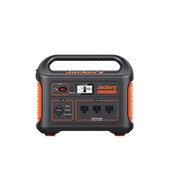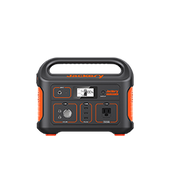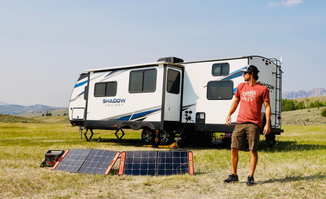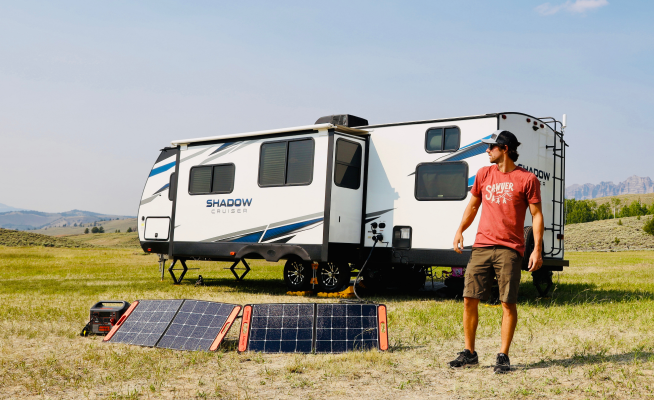The Ultimate Guide To What Is An Amp
Have you ever encountered the word “amp” and wondered, “What is an amp, or how does it relate to other units like watts”? An amp is a unit of constant electrical current measured by an ammeter. Measuring amps will help you design a safe electrical system and choose the ideal power station to charge all home or outdoor appliances.
Jackery Explorer Portable Power Stations are available in different sizes with varied amps. The high amps of the power station mean they can deliver more electricity to your device and charge it faster. Depending on how fast or for how long you want to charge your device, you can pick the right-sized power station.

In this guide, we will walk through the basic definition of amps, how it varies from watts, volts, and ohms, and much more.
What Is An Amp?
Before we dig deep into calculating amperes, let us understand the basics — what is an electrical amp?
Amp (A), short for ampere, is one of the standard units of measurement that defines electricity or electric current. Here, the current is the speed or rate at which electrons flow through a conductor. You can think of electrical current as water flowing through the hose, where the amp is the water.
But what is an amp hour? An amp hour is defined as one ampere current flow in one hour. In terms of battery capacity, an amp hour or ampere-hour determines how much amperage a battery can provide in one hour. The higher the amps, the faster it can charge the devices. Amperage is the strength of the current, expressed in watts.

When powering an electric device or investing in a portable power station, one must consider the battery capacity in amps. This is because the battery’s power will directly impact how quickly it can charge the appliances. Jackery Explorer Portable Power Stations have high amps and watts ratings, ensuring you can power multiple devices simultaneously and quickly.
Amp vs. Volt, Ohm, And Watt
Amps, volts, watts, and ohms are four basic concepts you will deal with while working with an electrical system.
Understanding what is an electrical amp is not enough; you need to learn about volts, watts, and ohms that play a crucial role in an electrical system.
Volts: The electrical unit represents the difference in the number of electrons or electrical potential between any two points of the circuit.
Watts: The rate at which electrical energy is transferred in the circuit is called watts or W.
Ohms: Denoted by the letter R, the unit measures electrical resistance in a conductor. It slows down the flow of electrons flowing through the circuit.
Remember, all the electrical terms are interrelated, and you can easily convert volts to watts or amps to volts using simple formulas.
Formulas:
Watts = Volts × Amps or W = V × I
Volts = Amps × Ohms or V = I × R
Amps = Watts / Volts or I = W / V
If you have the watts and volts of a device, you can easily calculate the amps using the third formula. Substituting the value of volts and amps in the second formula, you can calculate the resistance of the circuit.
Example:
Suppose your device is rated at 2400W and 120V; the amp will be:
W = V × I
Or, I = W ÷ V = 2400W ÷ 120V = 20A
How To Measure Amps?
An ammeter is a device measuring the amount of electrical current flowing through a component. To use it, you must connect the ammeter in series with the component, which means connecting the ammeter one after another in the circuit.
By measuring the current, an ammeter provides an accurate picture of the electrical activity in the circuit, helping you to understand how much electricity your devices are consuming.
There are two types of ammeters:
- Shunt meter
- Hall sensors
An ammeter is essential when designing, building, or troubleshooting electrical wires. The device helps you understand how much current flows through the individual cables. In addition, you can use the device to measure the amperes flowing into and out of the house battery over time. This will help you to understand how long the battery will take to charge or supply power to the devices.
Understand Amp In Electrical Systems
The larger the amp of the electrical system, the more electricity or current can flow through the circuits.
However, it’s important to note that the circuit breaker can handle only a certain amount of amperage or current. It has a specific amp rating for functioning and powering your home devices. If the limit is exceeded, the circuit breaks and the house wiring is damaged.
In order to find the home’s amperage, all you have to do is check your circuit breaker and the handle. The newer the house wiring is, the higher the amperage. But on average, the household circuits carry around 15-20 amps.
In order to understand your electrical system, it is crucial to know how much amperage your home devices use. Here are a few simple steps to calculate the amperage of your devices.
- Calculate the amps your circuit carries.
- Check the appliance label or the user manual to know how many volts and watts the device will use during operation.
- Divide the watts by volts to get the maximum amount of ampere the appliance will require.
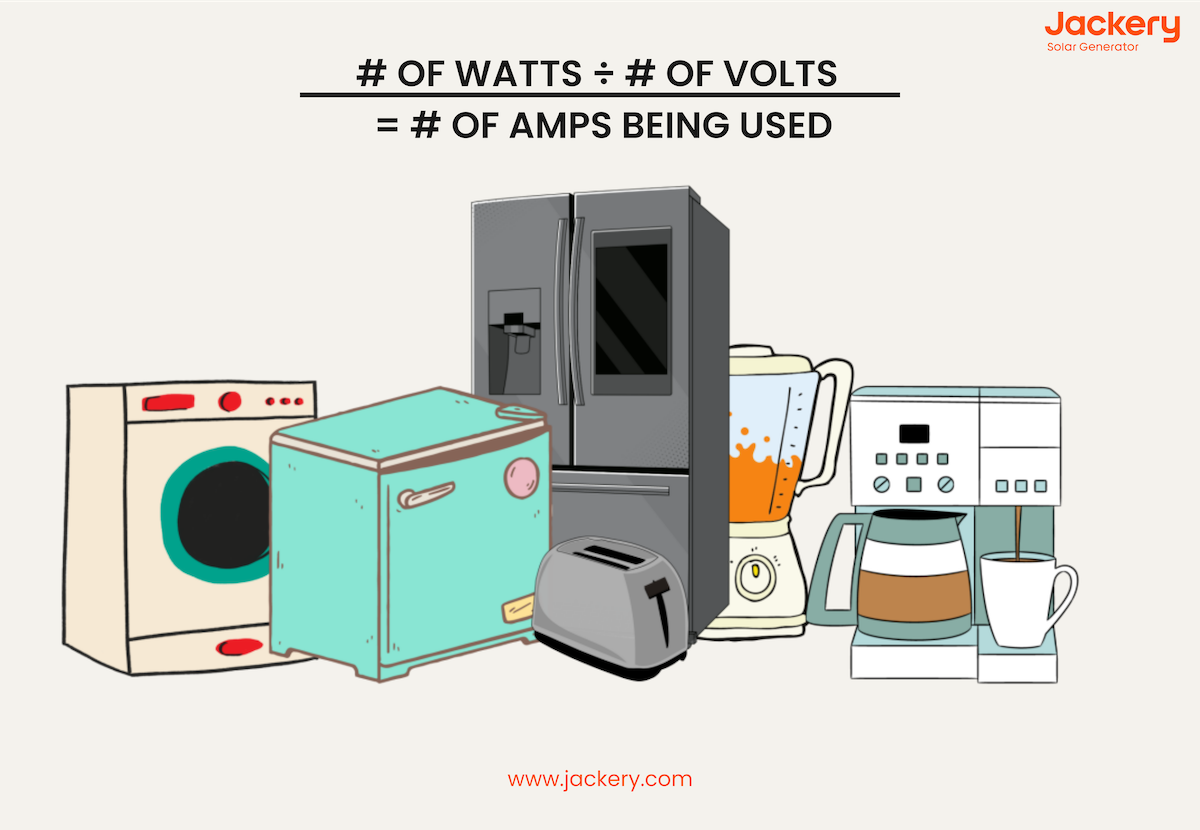
What Is Ampacity?
Ampacity refers to the maximum current capacity of the conductor, like cable, without suppressing its maximum operating temperature. In layperson’s terms, ampacity refers to the rating of devices and wires used in the electrical system.
Calculating the ampacity will help you determine how much current (maximum) the wire can safely carry. You can divide the wattage used by the device by the voltage to calculate ampacity.
Once you have the ampacity, you can choose the ideal wire or cable size to prevent electrical fires, overloading, or burning up of devices.
Note: The ampacity of the appliance should always be higher than the amps passing through it to ensure safe charging.
Jackery Power Stations Explained
Jackery is a trusted and renowned brand that manufactures high-quality solar generators and power stations. The finest range of Jackery Explorer Pro Portable Power Stations includes Explorer 3000 Pro power station, Explorer 2000 Pro power station, and Explorer 1500 Pro power station.
Equipped with multiple output ports, the portable power stations keep most of your devices charged. Unlike gas generators, they are safe and clean sources of energy that do not emit fumes. The best part about Jackery Portable Power Stations is the Battery Management System (BMS) that protects devices from overcharging, overcurrent, short current, etc.
Jackery Explorer 3000 Pro Portable Power Station
The ultimate power master can charge almost all types of devices, making it the ideal solution for blackouts and off-grid living. In addition, the lithium-ion battery capacity is rated at 70Ah, helping you power appliances faster.
The power station can charge travel trailers and RVs with a huge battery capacity of 3024Wh and a massive power of 3000W. In addition, it can power 99% of outdoor appliances, including refrigerators, electric grills, microwaves, heaters, and much more.
Using six Jackery SolarSaga 200W Solar Panels, you can charge the power station within 3-4 hours. It also has a smart app control that allows you to control the power station using Bluetooth or WiFi.

|
Power Station |
Capacity |
Recharging Time |
Ports |
Appliances |
|
Jackery Explorer 3000 Pro |
Lithium-ion Battery 70Ah/ 43.2V DC (3024Wh) |
AC Adapter: 2.4H 12V Car Adapter: 35H 6x SolarSaga 200W Solar Panel: 3-4H 4x SolarSaga 200W Solar Panel: 5-6H 2x SolarSaga 200W Solar Panel: 9-10H 1x SolarSaga 200W Solar Panel: 18-19H |
4x AC Output: 120V~ 60Hz 20A Max 1x AC Output: 120V~ 60Hz 25A Max Total AC Output: 3000W Max, 6000W surge peak 2x USB-C Output: 100W Max, 5V⎓3A, 9V⎓3A, 12V⎓3A, 15V⎓3A, 20V⎓5A 2x USB-A Output: Quick Charge 3.0, 18W Max, 5-6V⎓3A, 6-9V⎓2A, 9-12V⎓1.5A Carport: 12V,10A Max AC Input: 120V, 60Hz, 15A Max DC Input: 2x DC 8mm Ports: 11-17.5V (Working Voltage)⎓8A Max, Double to 8A Max; 17.5-60V (Working Voltage)⎓12A, Double to 24A/1400W Max |
LED TV (60W) - 42H Blender (400W) - 6H Microwave (1300W) - 2H Oscillating Fan (75W) - 34H LED Light Bulb (10W) - 257H Mini Fridge (200W) - 12H Refrigerator (500W) - 5H |
Jackery Explorer 2000 Pro Portable Power Station
Jackery Explorer 2000 Pro features a 2160Wh battery capacity rated at 50Ah. It can power 96% of home appliances, making it suitable for home emergency use or off-grid adventures like camping or RV road trips.
The pass-through charging feature in the power station lets you charge the power station while keeping all your gear plugged in. Hence, you can never run out of power if you have a Jackery Explorer 2000 Pro Portable Power Station.

|
Power Station |
Capacity |
Recharging Time |
Ports |
Appliances |
|
Jackery Explorer 2000 Pro |
Lithium-ion 50Ah/43.2V (2160Wh) |
AC Adapter: 2H 12V Car Adapter: 24H 6x SolarSaga 200W Solar Panel: 2.5H 4x SolarSaga 200W Solar Panel: 4H 2x SolarSaga 200W Solar Panel: 7.5H |
AC Output: 120V, 60Hz, 2200W (4400W Peak) USB-A Output: Quick Charge 3.0, 18W Max USB-C Output: 100W Max, (5V, 9V, 12V, 15V, 20V up to 5A) Car Output: 12V, 10A AC Input: 120V, 60Hz, 15A Max DC Input: 11V-17.5V, 8A Max, Double to 8A Max. 17.5V-60V, 12A, Double to 24A/1400W Max. |
LED TV (60W) - 30H Blender (400W) - 4.5H Tablet (30W) - 61H Laptop (70W)- 26H Microwave (1300W) - 1.4H Oscillating Fan (75W) - 24H LED Light Bulb (10W) - 183H Mini Fridge (200W) - 9H Refrigerator (500W) - 3.6H |
Jackery Explorer 1500 Pro Portable Power Station
The ultra solar charging solution offers more than a fast charging experience to the users. In just 4 hours, you can charge the power station using six Jackery SolarSaga 100W Solar Panels.
In addition, the ultra-long standby lasts 472 days at 80% capacity. It has a battery capacity of 1512Wh and 35Ah, ensuring you can charge your devices for long hours.

|
Power Station |
Capacity |
Recharging Time |
Ports |
Appliances |
|
Jackery Explorer 1500 Pro |
Lithium-ion Battery 43.2V/35Ah (1512Wh) |
AC Adapter: 2H 12V Car Adapter: 16.5H 1x SolarSaga 200W Solar Panel: 9H 2x SolarSaga 200W Solar Panel: 5H 6x SolarSaga 200W Solar Panel: 2H
|
AC Output: 120V, 60Hz, 1800W (3600W Peak) USB-A Output: Quick Charge 3.0, 18W Max USB-C Output: 100W Max, (5V, 9V, 12V, 15V, 20V up to 5A) Car Port: 12V,10A AC Input: 120V, 60Hz, 10.83A Max DC Input: 11V-17.5V, 8A Max, Double to 8A Max 17.5V-60V, 12A, Double to 24A/1400W Max |
LED TV (60W) - 21H Blender (400W) - 3H Smartphone (29W) - 44H Tablet (30W) - 42H Laptop (70W)- 18H Microwave (1300W) - 59 Min Fan (75W) - 17H LED Light Bulb (10W) - 128H Mini Fridge (200W) - 6H Refrigerator (500W) - 2.5H |
Jackery Explorer 1000 Pro Portable Power Station
If you want a lighter, smaller, and more robust power solution, consider investing in Jackery Explorer 1000 Pro Portable Power Station. The pure sine wave inverter delivers a stable and consistent power supply to charge nearly 93% of home appliances.
A battery capacity of 1002Wh and 23.2Ah makes the power station suited for various applications like power outages, short trips, or camping.
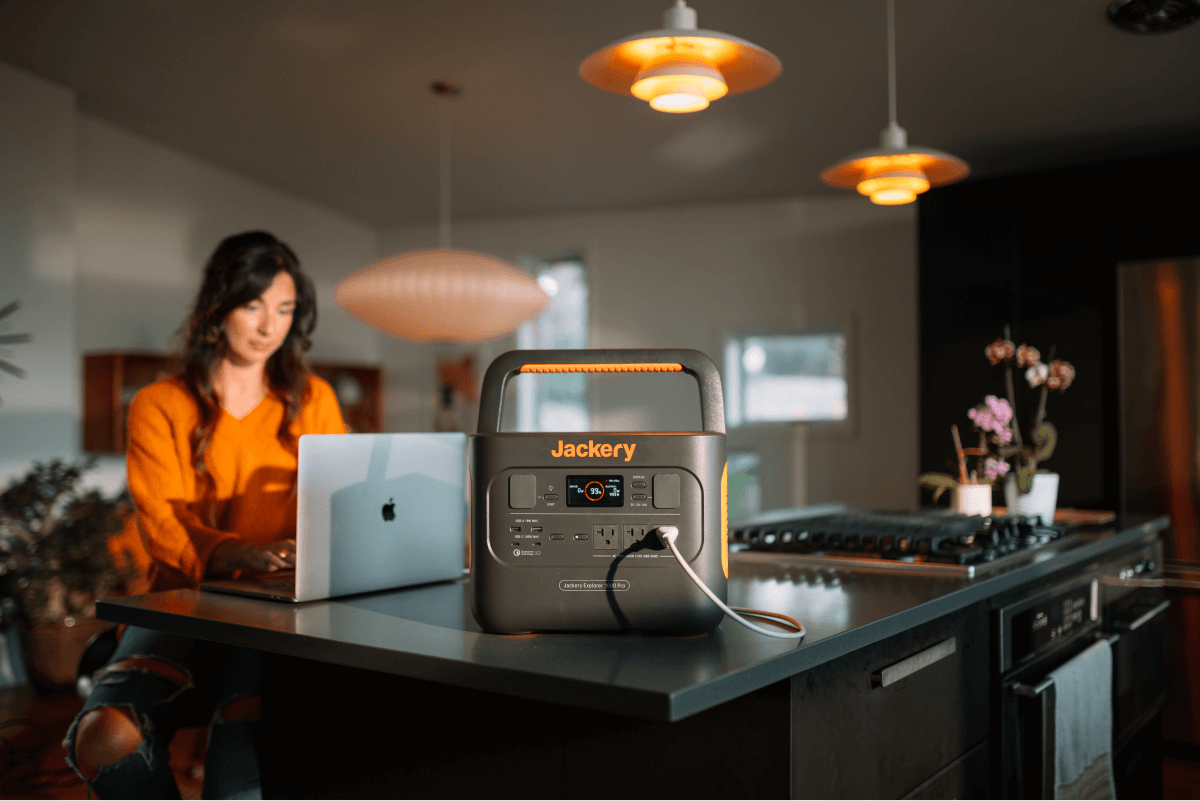
|
Power Station |
Capacity |
Recharging Time |
Ports |
Appliances |
|
Jackery Explorer 1000 Pro |
Lithium-ion Battery 43.2V 23.2Ah (1002Wh) |
AC Adapter: 1.8H 12V Car Adapter: 12H 2x SolarSaga 200W Solar Panel: 9H 4x SolarSaga 200W Solar Panel: 1.8H |
AC Output: 120V, 60Hz, 1000W (2000W Peak) USB-A Output: Quick Charge 3.0, 18W Max USB-C Output: 5V-20V, 3A-5A Car Port: 12V,10A AC Input: 120V, 60 Hz, 15A Max DC Input: 12V-17.5V (Working Voltage) ⎓ 8A Max, Double to 16A Max; 17.5V-60V (Working Voltage) ⎓ 11A, Double to 22A/800W Max |
Microwave (1300W) - 39 Min Oscillating Fan (75W) - 11H LED Light Bulb (10W) - 85H Mini Fridge (200W) - 4H Refrigerator (500W) - 1.7H LED TV (60W) - 14H Blender (400W) - 2H Tablet (30W) - 28H Laptop (70W) -12H |
What Is An Amp FAQs
Now that you know “what is an amp” in simple words and how to measure it, here are a few frequently asked questions.
Are AC amps the same as DC amps?
AC and DC are the two types of current flowing through the circuit. However, the two differ. While DC is the unidirectional electrical charge, AC current alters its direction a certain number of times per second.
How to work safely on your home’s electrical system?
Here are a few precautionary measures to safely work on your home’s electrical system.
- Turn off the power before you begin working on them. Put a circuit breaker lockout device or label on the electrical panel so nobody turns on the power.
- Before turning off the power, ensure the multimeter or electrical tester works properly.
- Wear non-conductive leather, safety glasses, and proper sturdy footwear when working with electricity.
How to calculate the watt to the amp?
Converting watts to amps is simple using Watt’s Law. According to the formula, the current (in amps) equals power (in watts) divided by voltage (in volts).
I = W ÷ V
Let’s suppose you want to calculate the amps of 2400W at 240V.
Amps = 2400W ÷ 240V = 10A
If you have the resistance instead of volts, you can use the formula:
Amps = √(watts × ohms)
Final Thoughts
Whether using power-hungry appliances at home, in boats, or during RV trips, you must understand the concept of amps, watts, and volts. Now that you know the “What is an amp,” you can calculate the device’s wattage needs. Then, you can analyze the watts and amps of the power station to know if it meets the power needs of the appliance you wish to charge.
If you are unsure about the best charging solution, consider Jackery Explorer Portable Power Station — a reliable power backup source for anyone looking to charge their appliances. The ultimate power solution — Jackery Explorer 3000 Pro Portable Power Station — has a battery capacity of 3024Wh and 70Ah, helping you power 99% of home appliances.
Sign up for the Jackery newsletter to get the latest news about the product release, promotional offers, and exciting deals.
Disclaimer:
The runtime mentioned for appliances powered by Jackery is for reference only. Actual runtime may vary under different conditions. Please refer to real-world performance for accurate results.






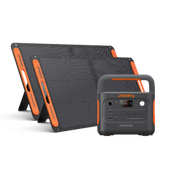


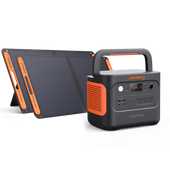

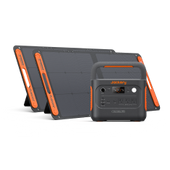
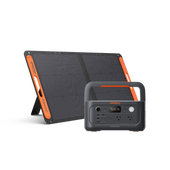
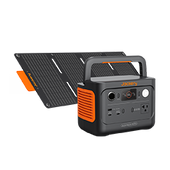
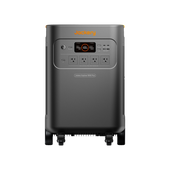
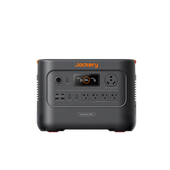
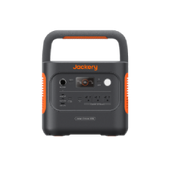
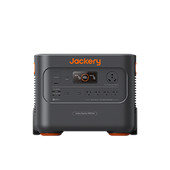
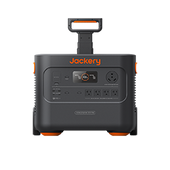

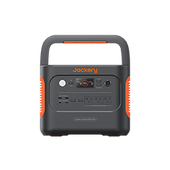
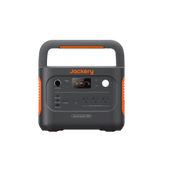
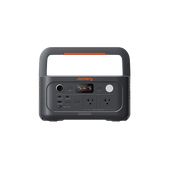

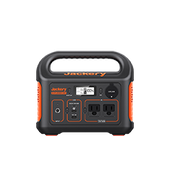
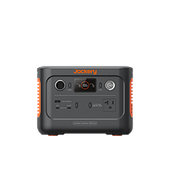
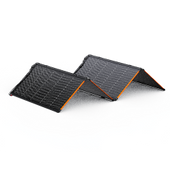
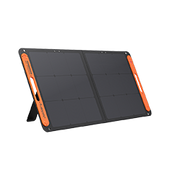


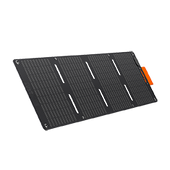
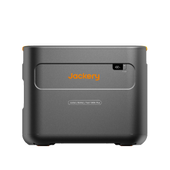
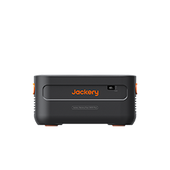
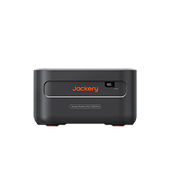
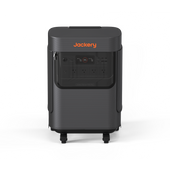


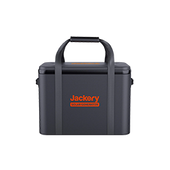
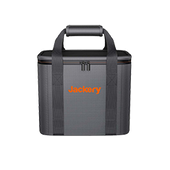
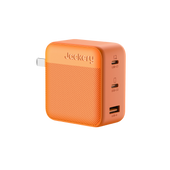
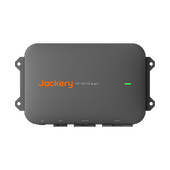
![[Add-on] Jackery Manual Transfer Switch for Explorer 5000 Plus](http://ca.jackery.com/cdn/shop/files/add-on-jackery-manual-transfer-switch-for-5000-plus-240V.webp?v=1757043692&width=170)
